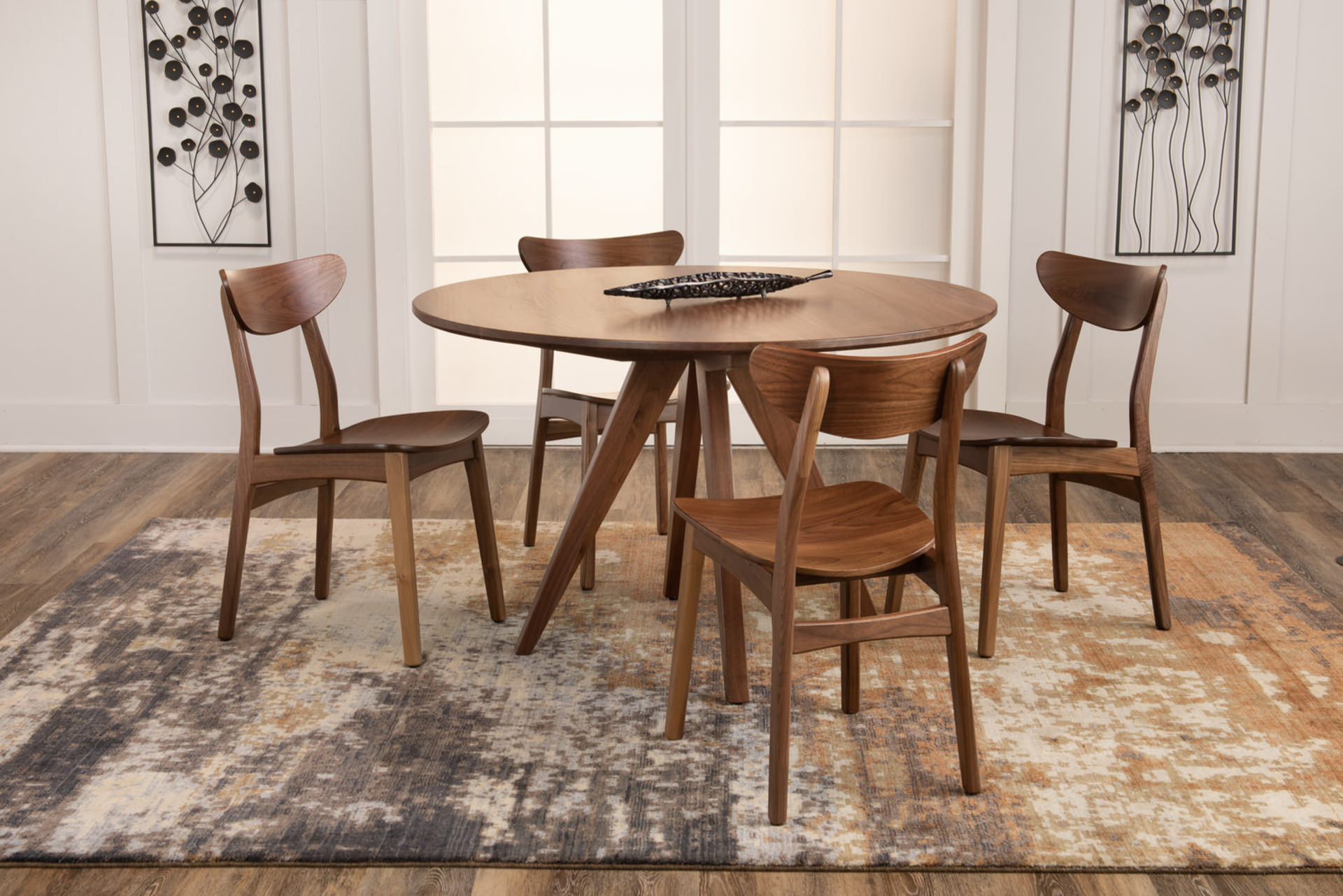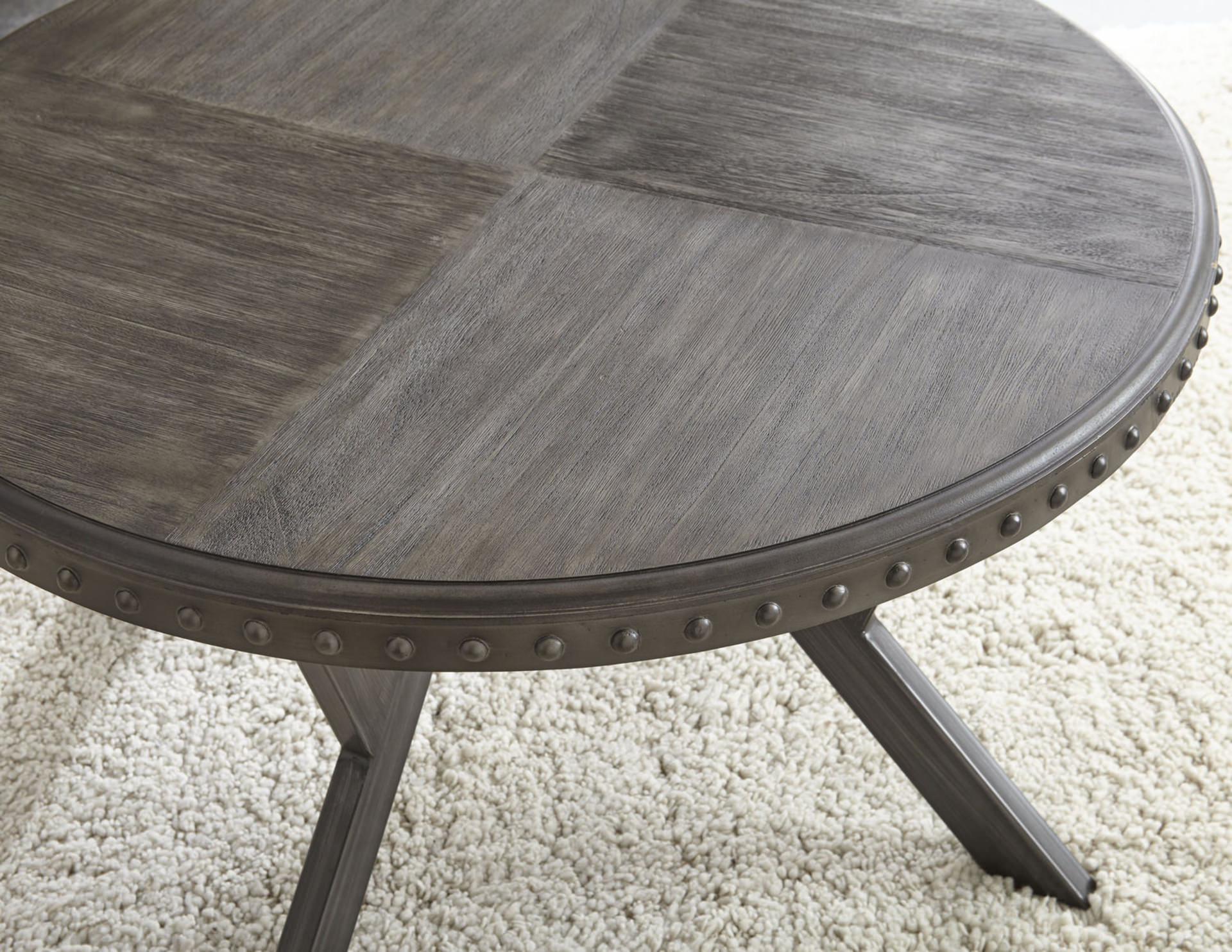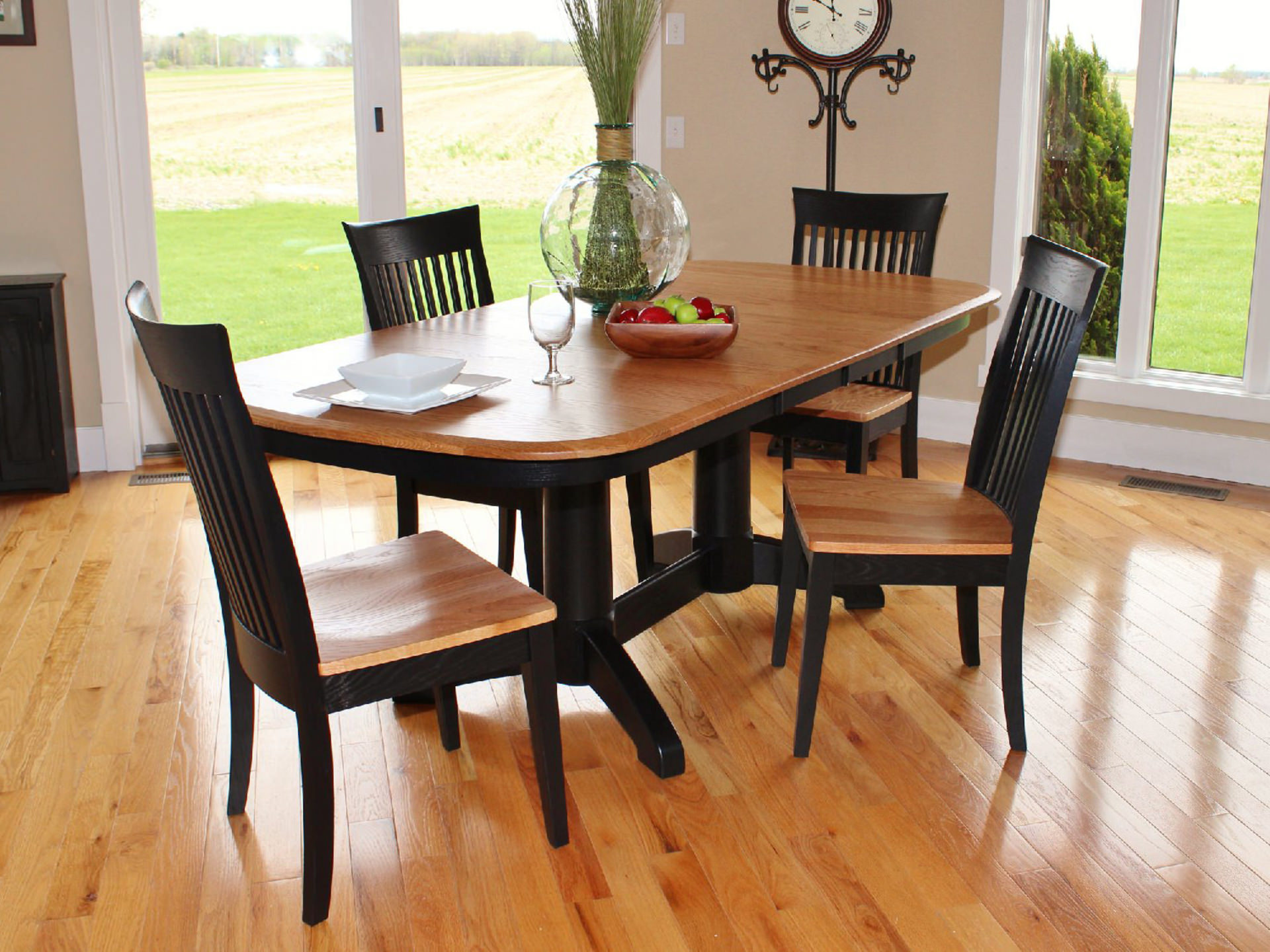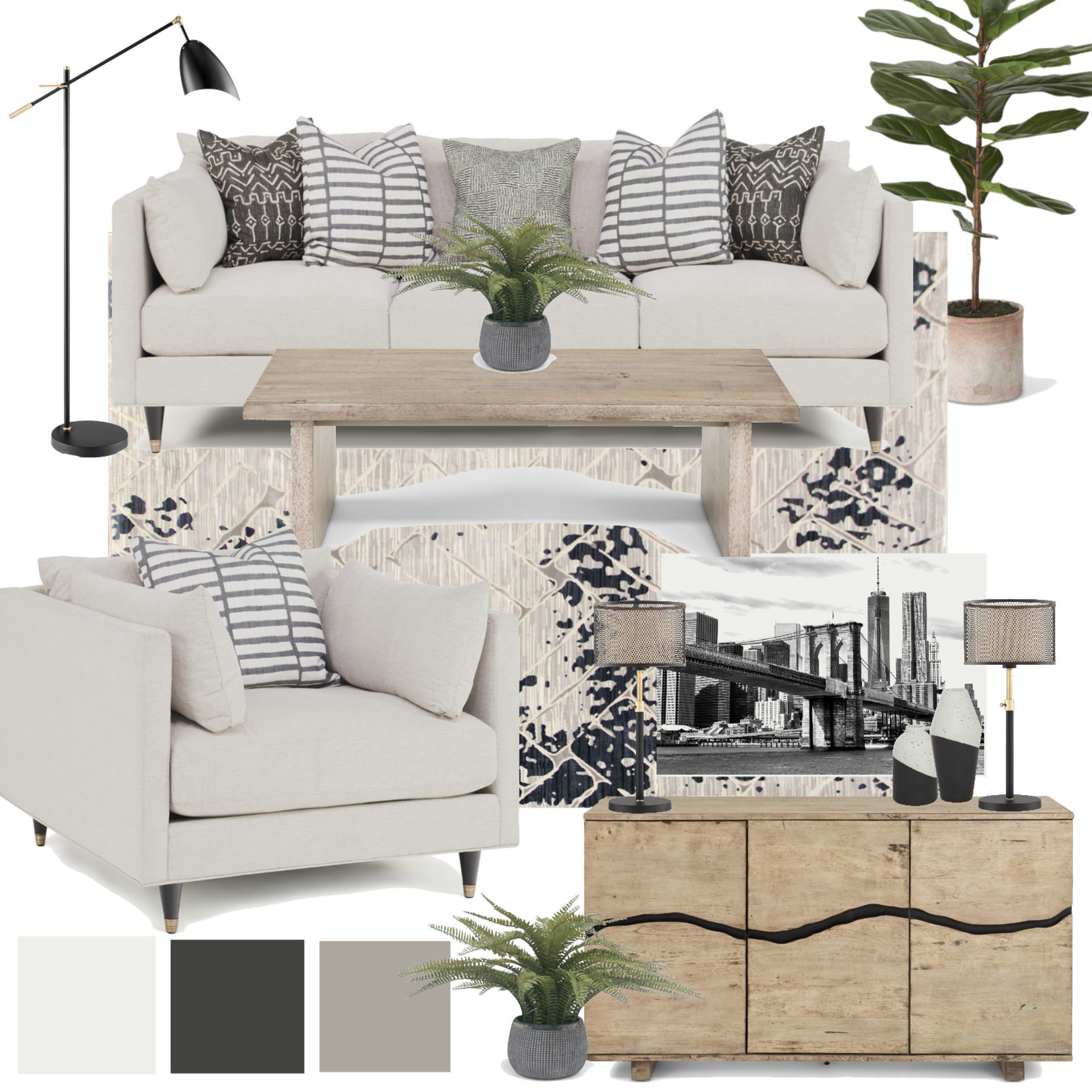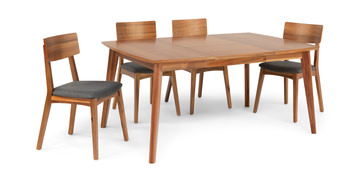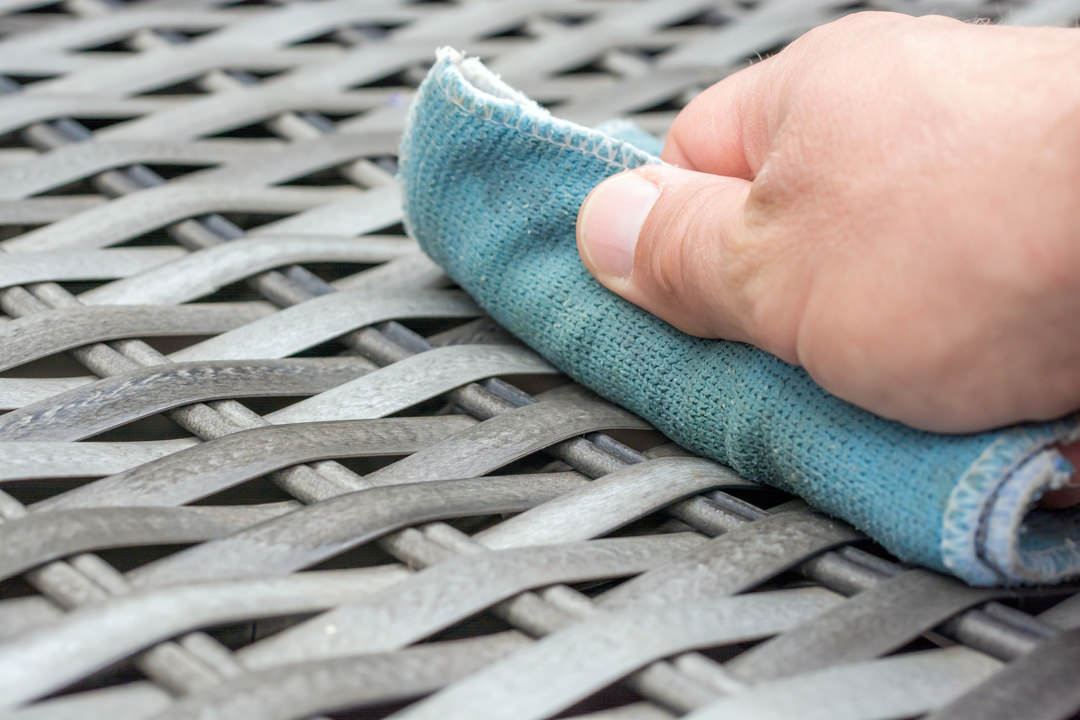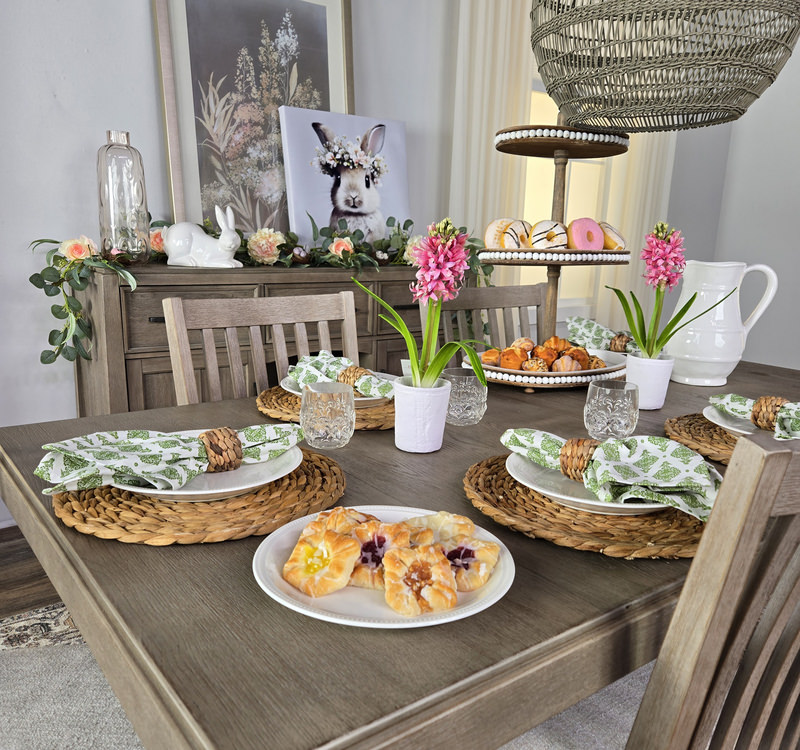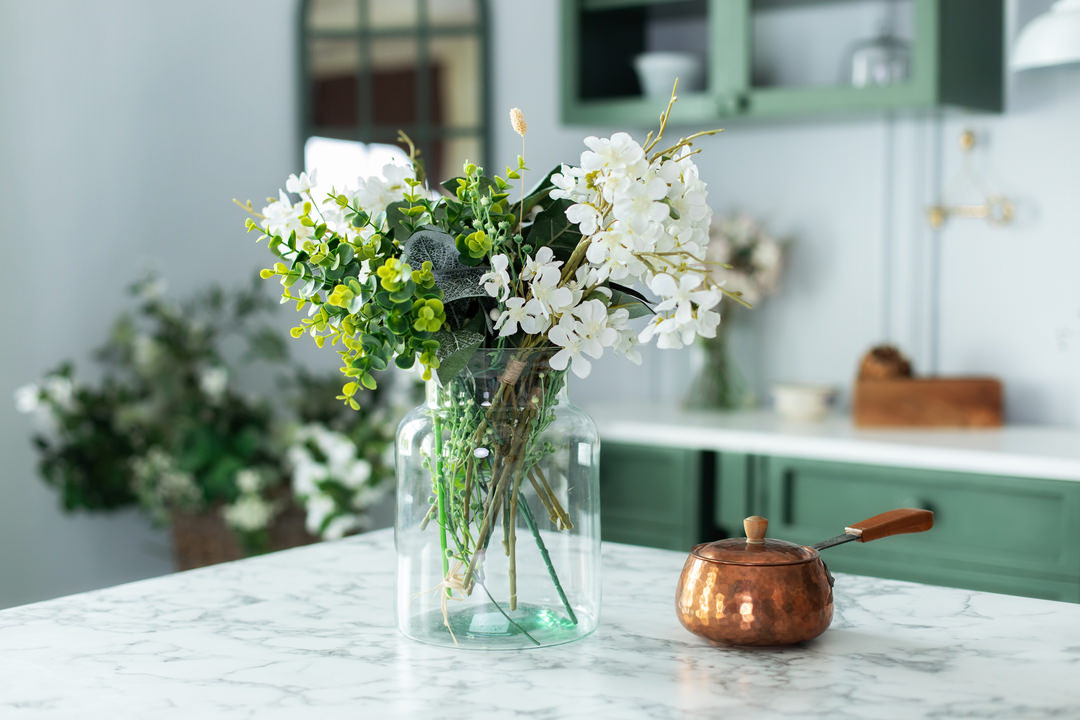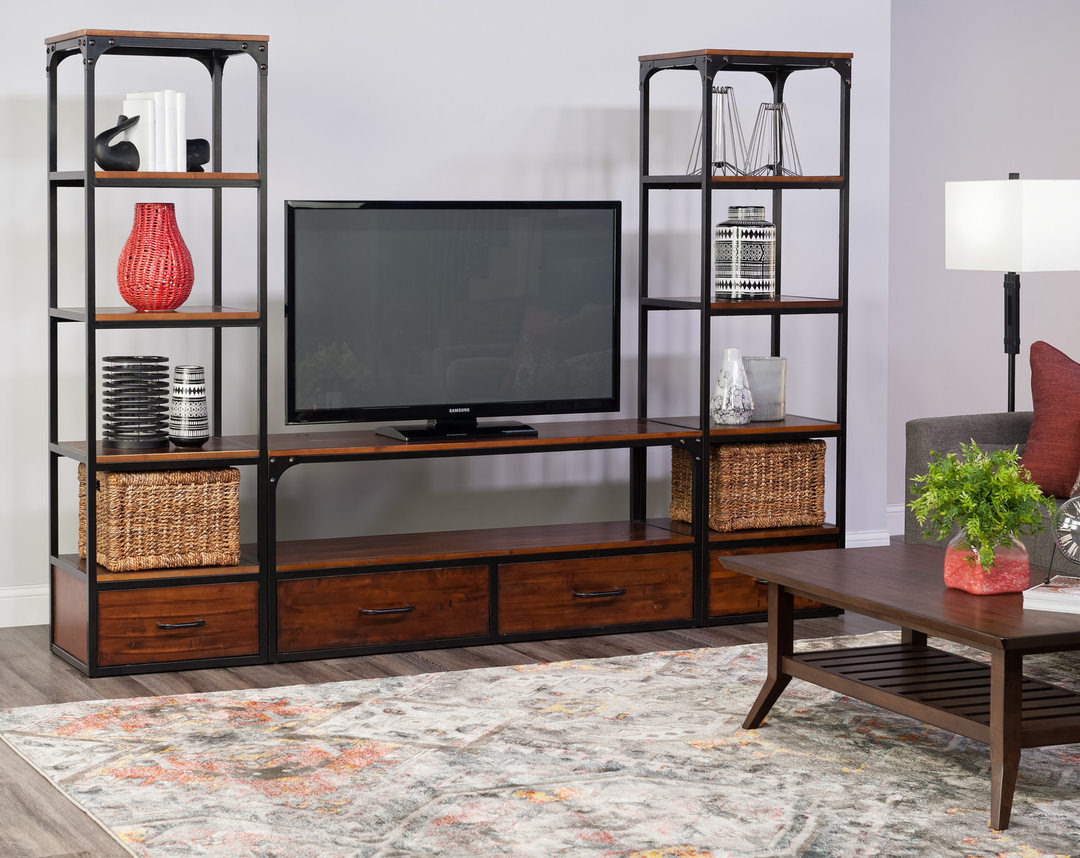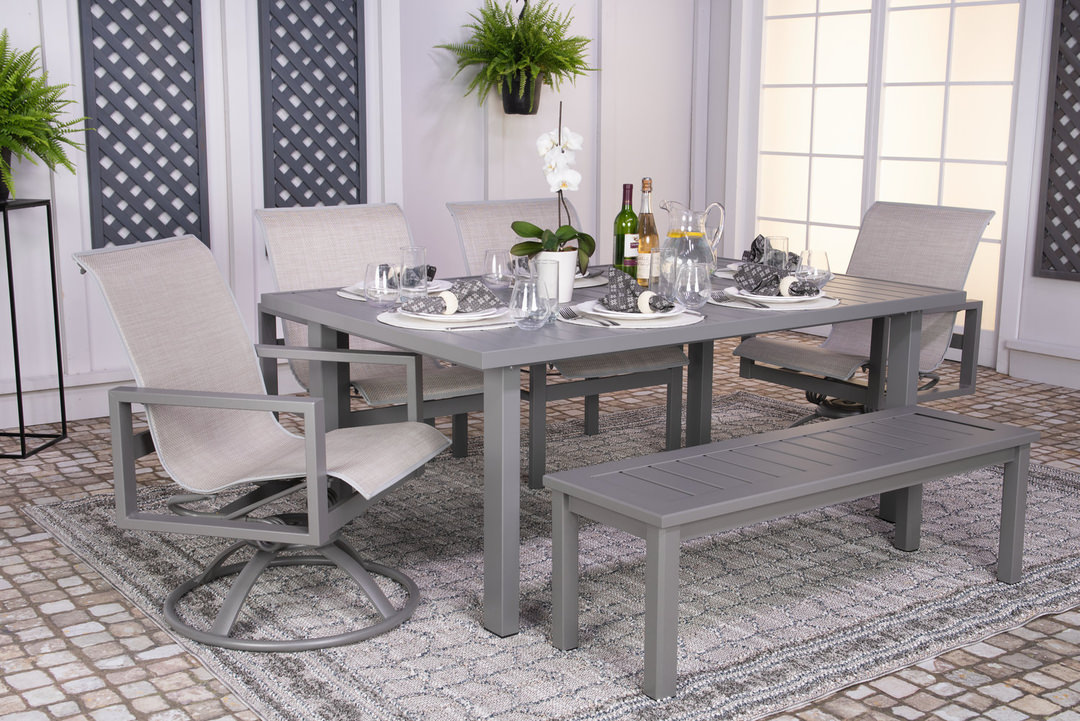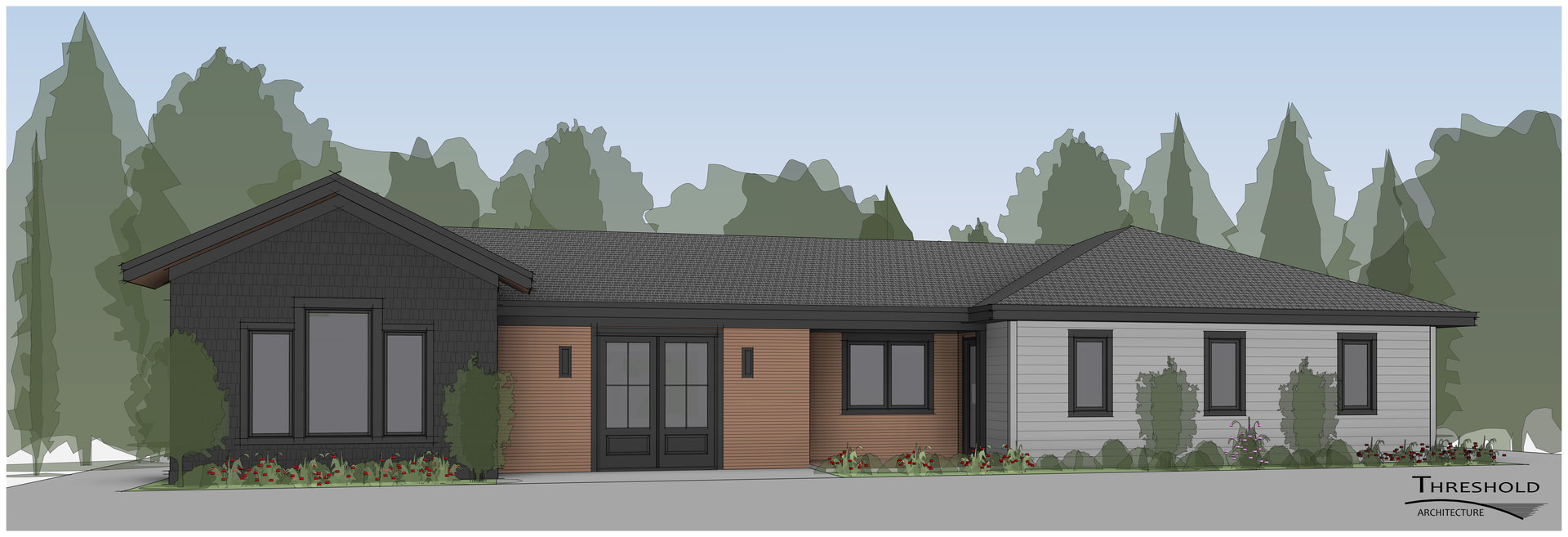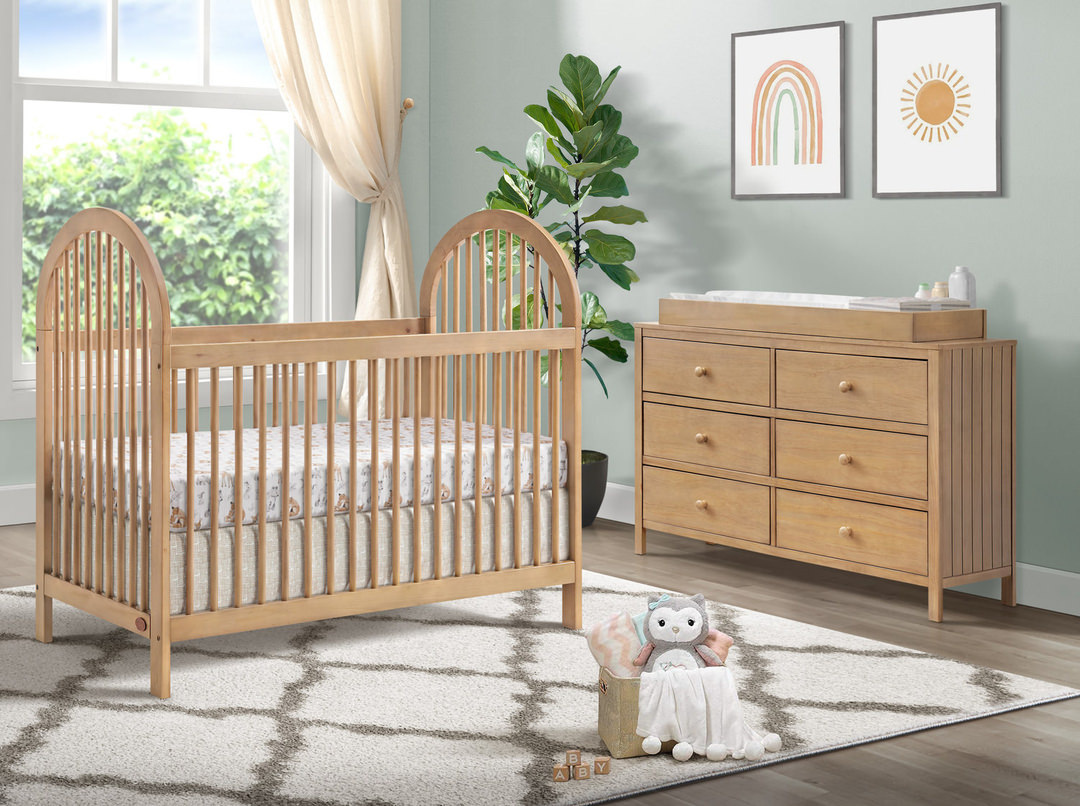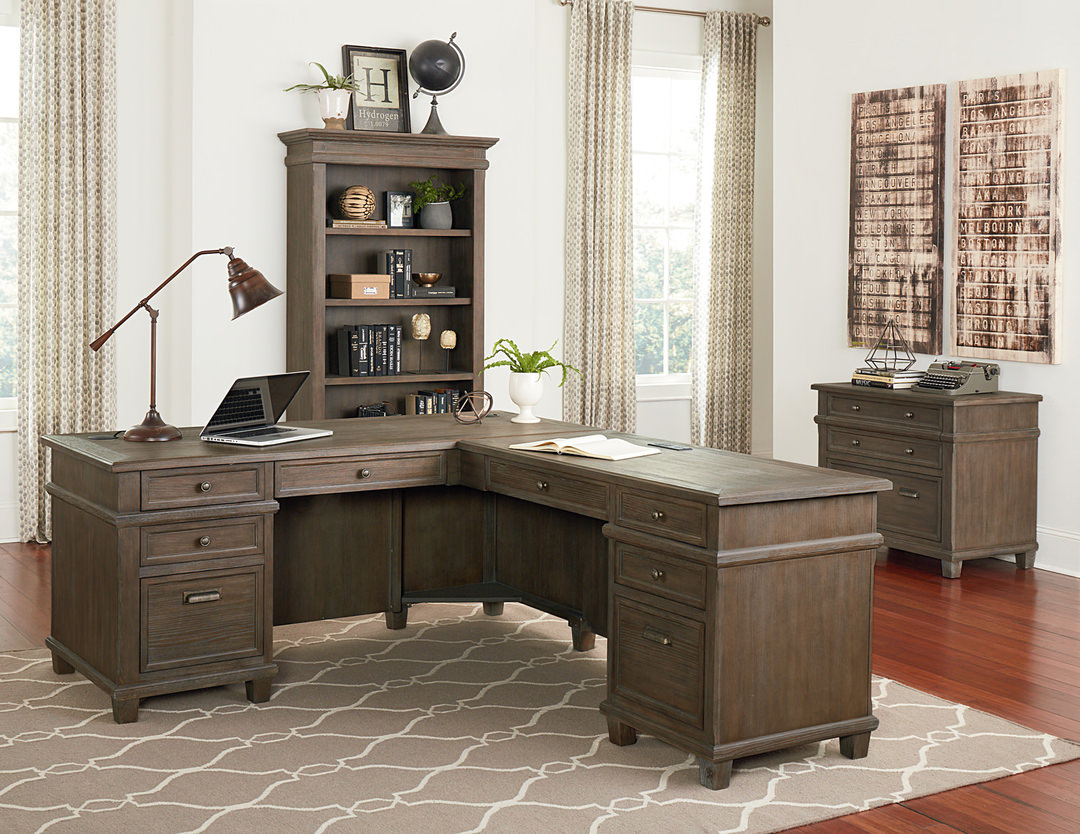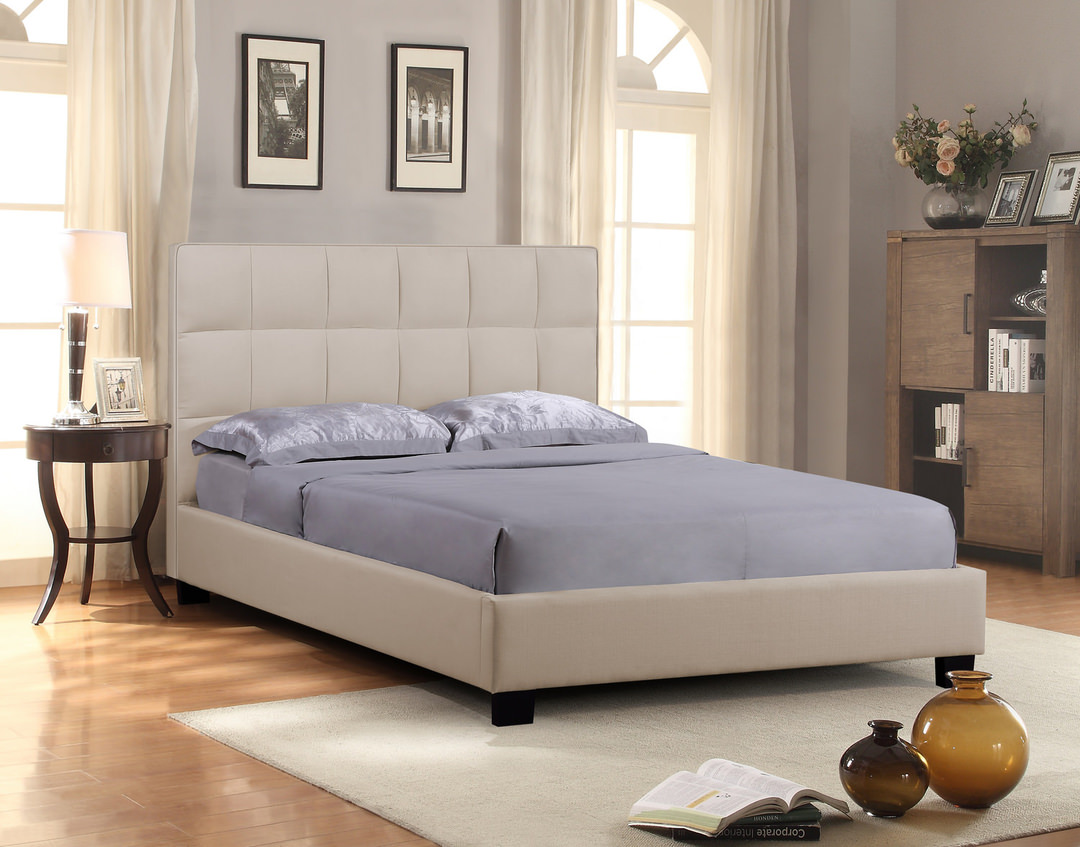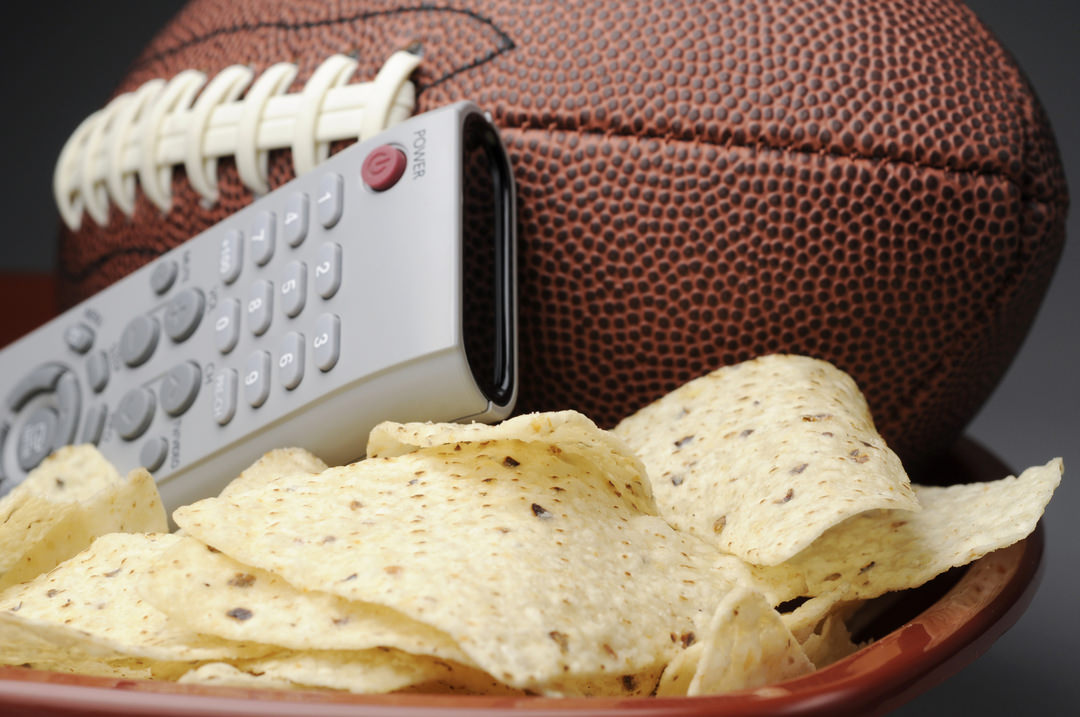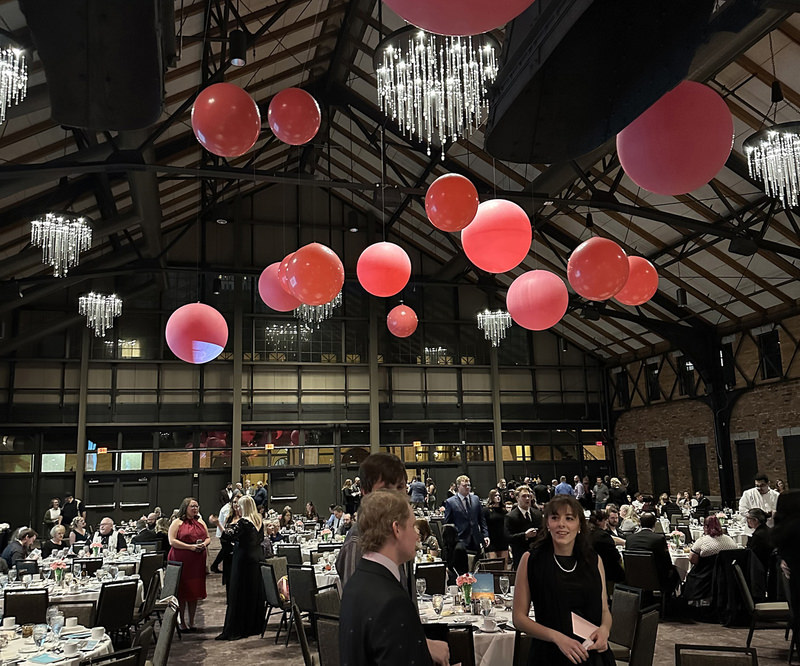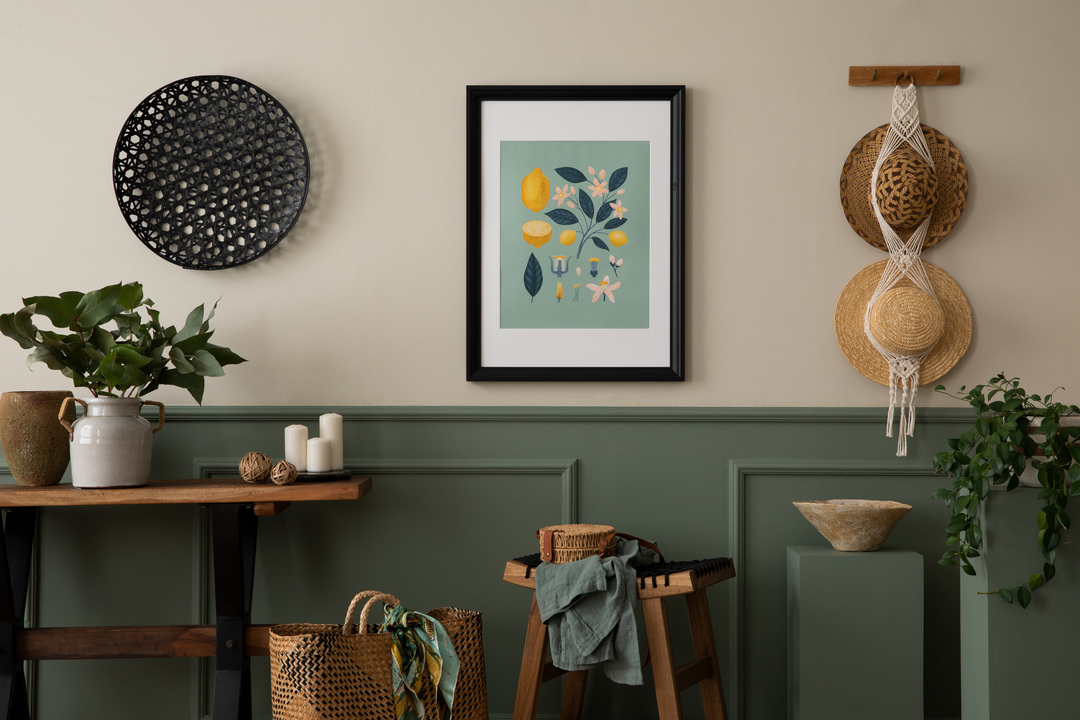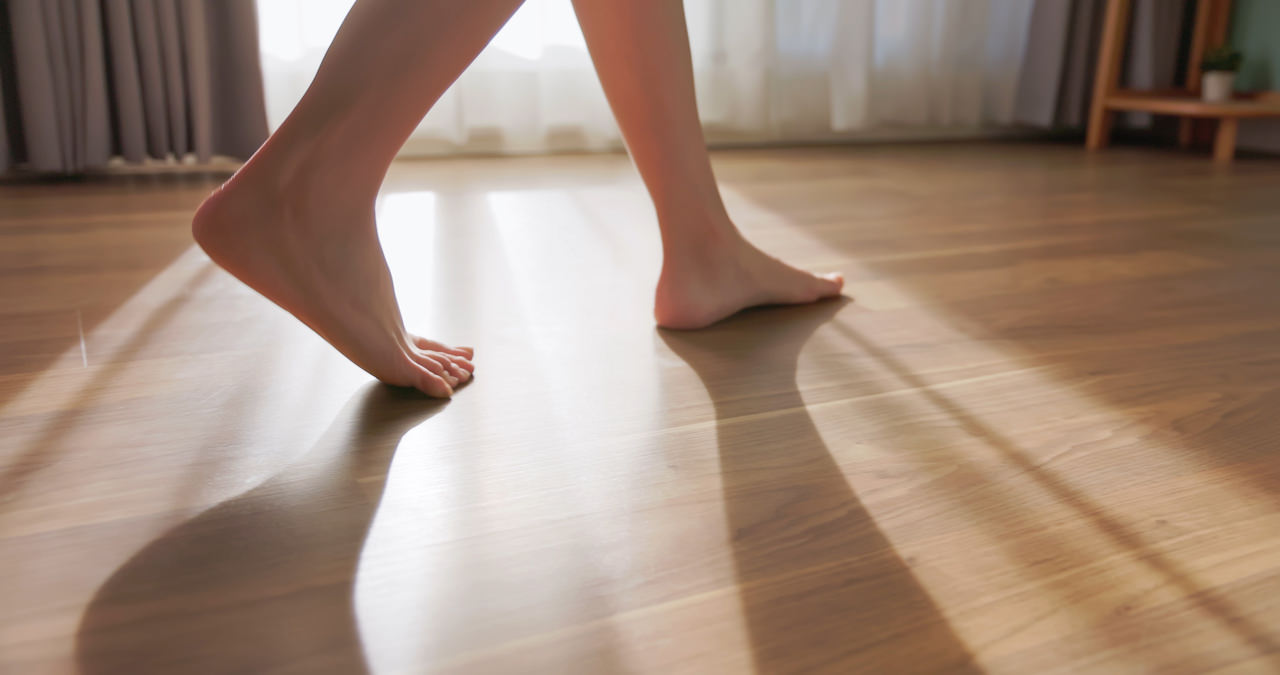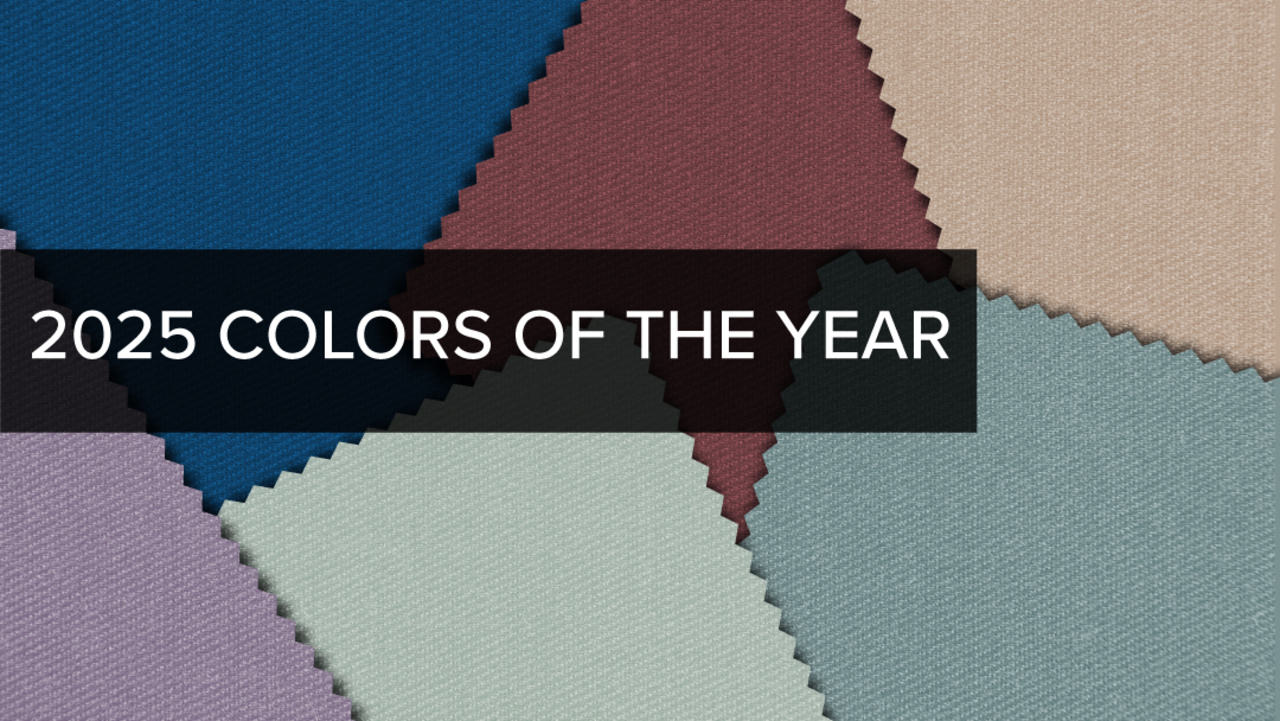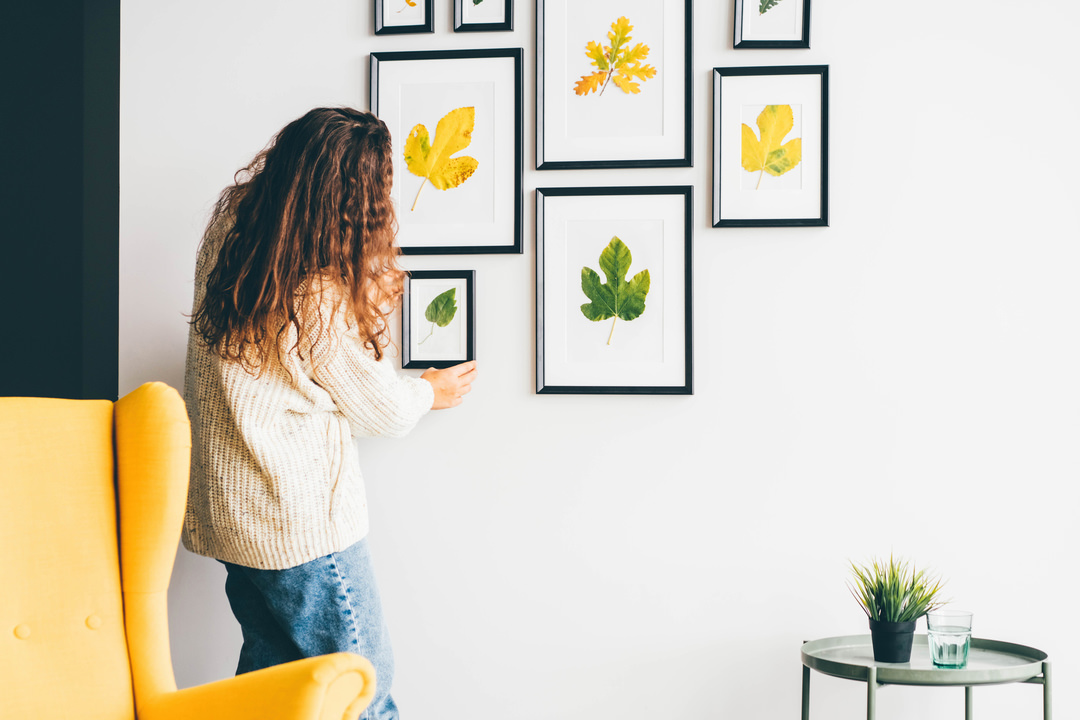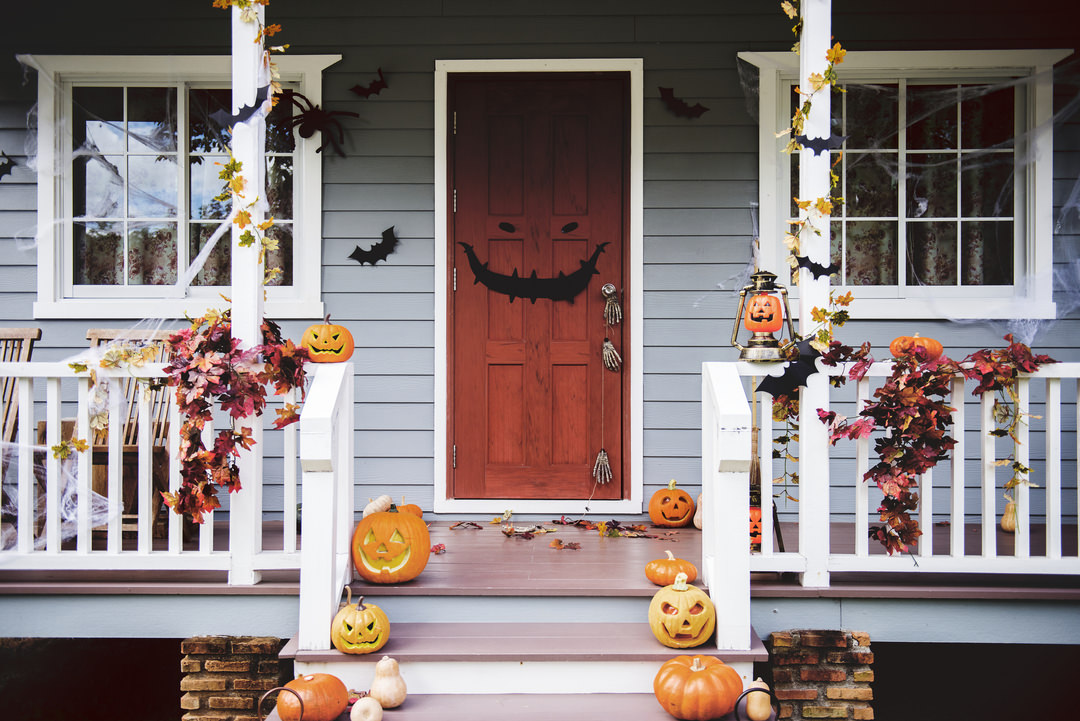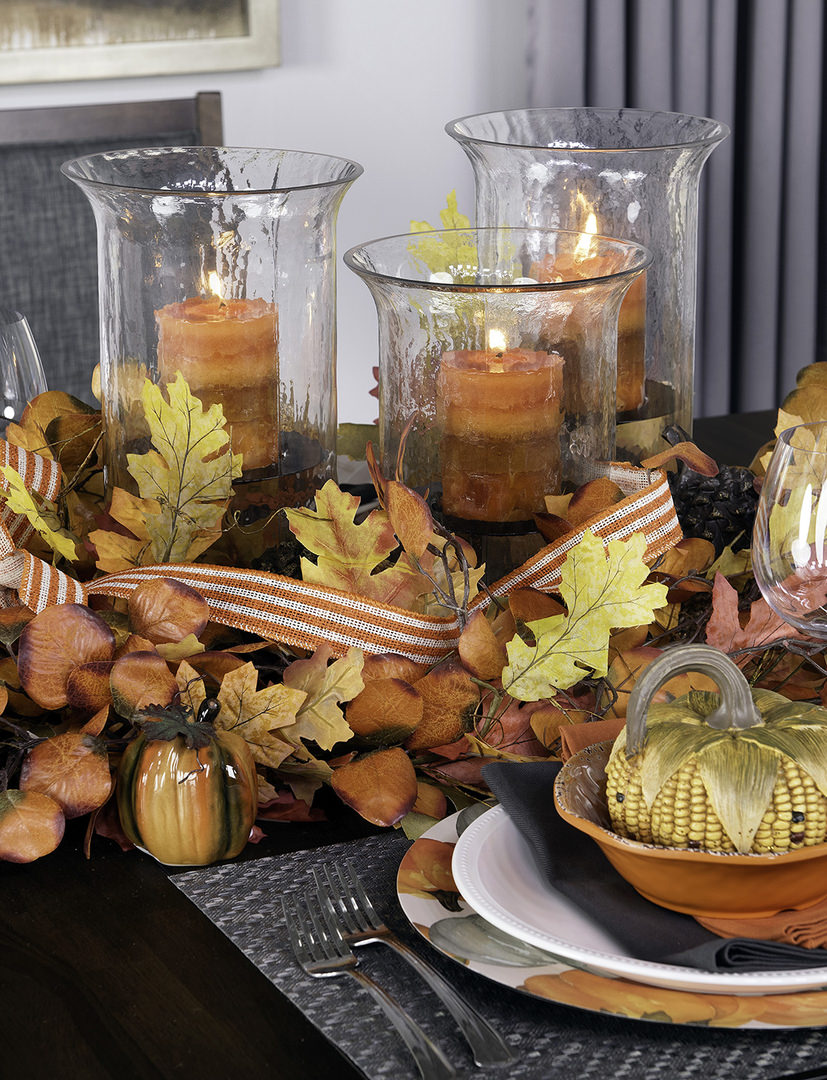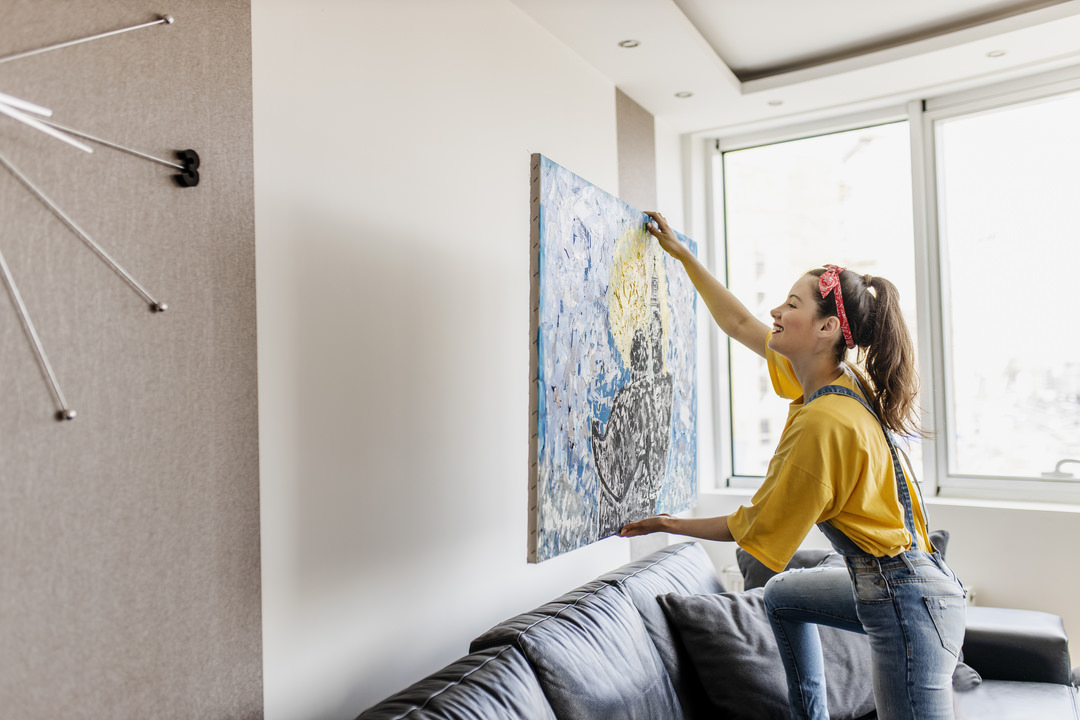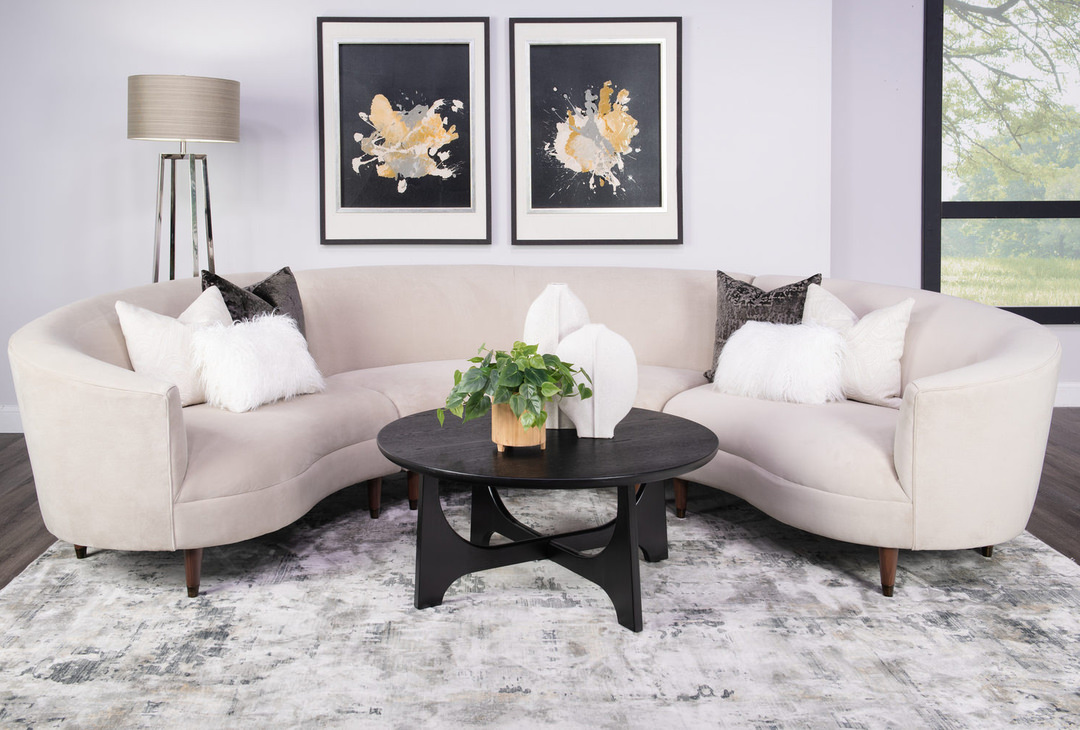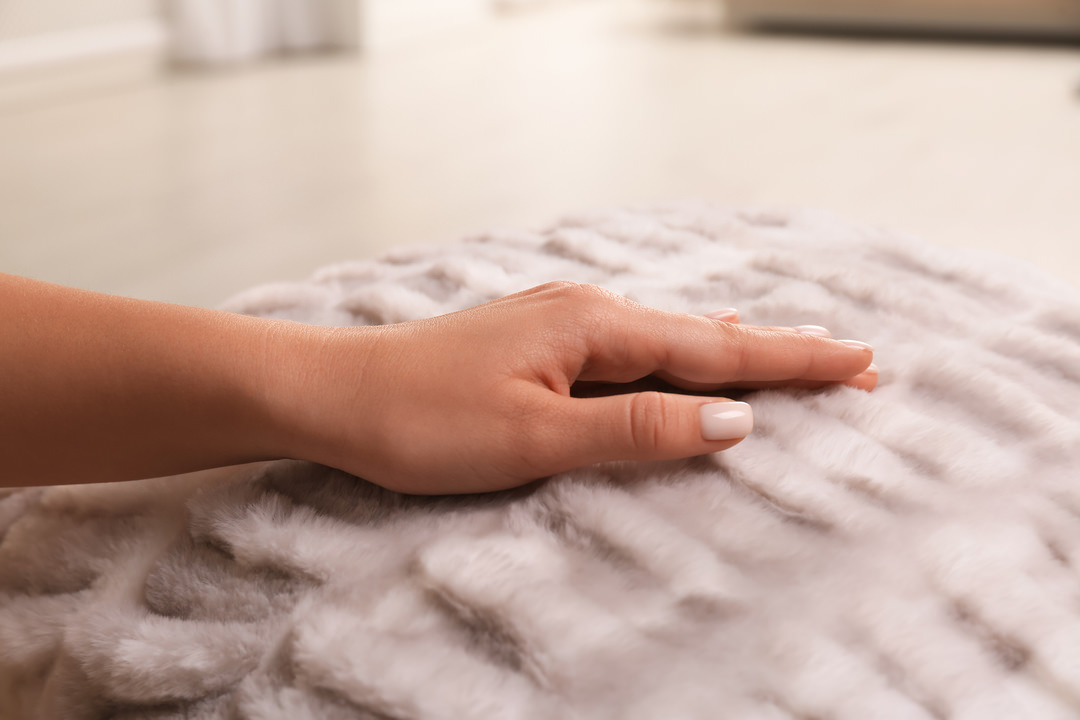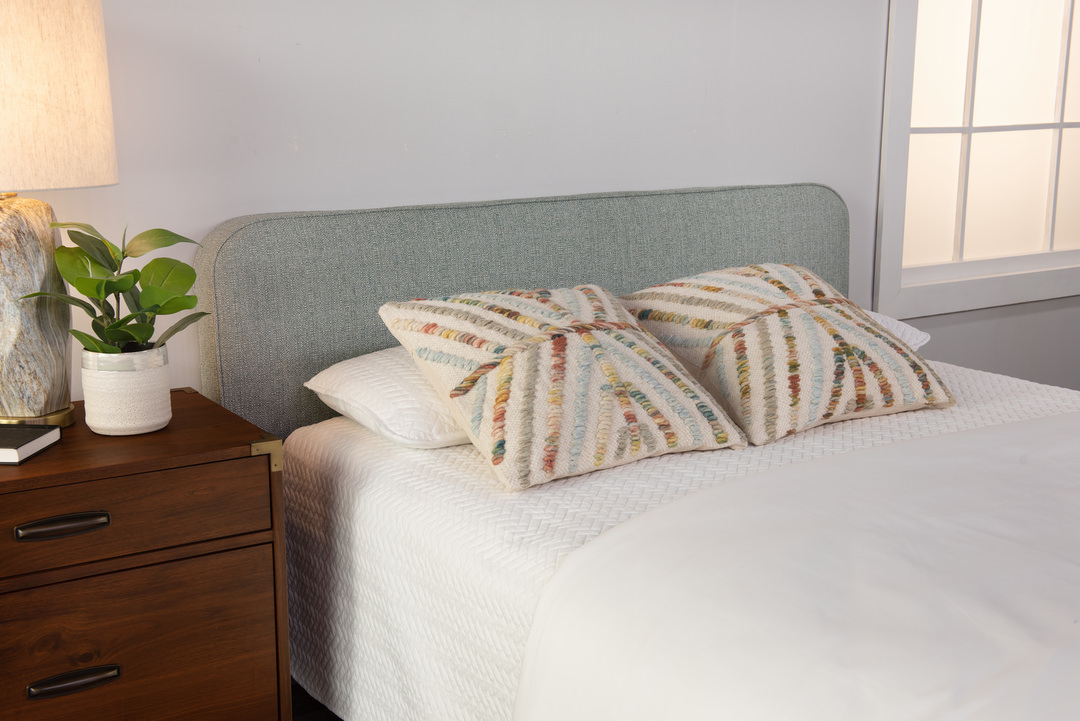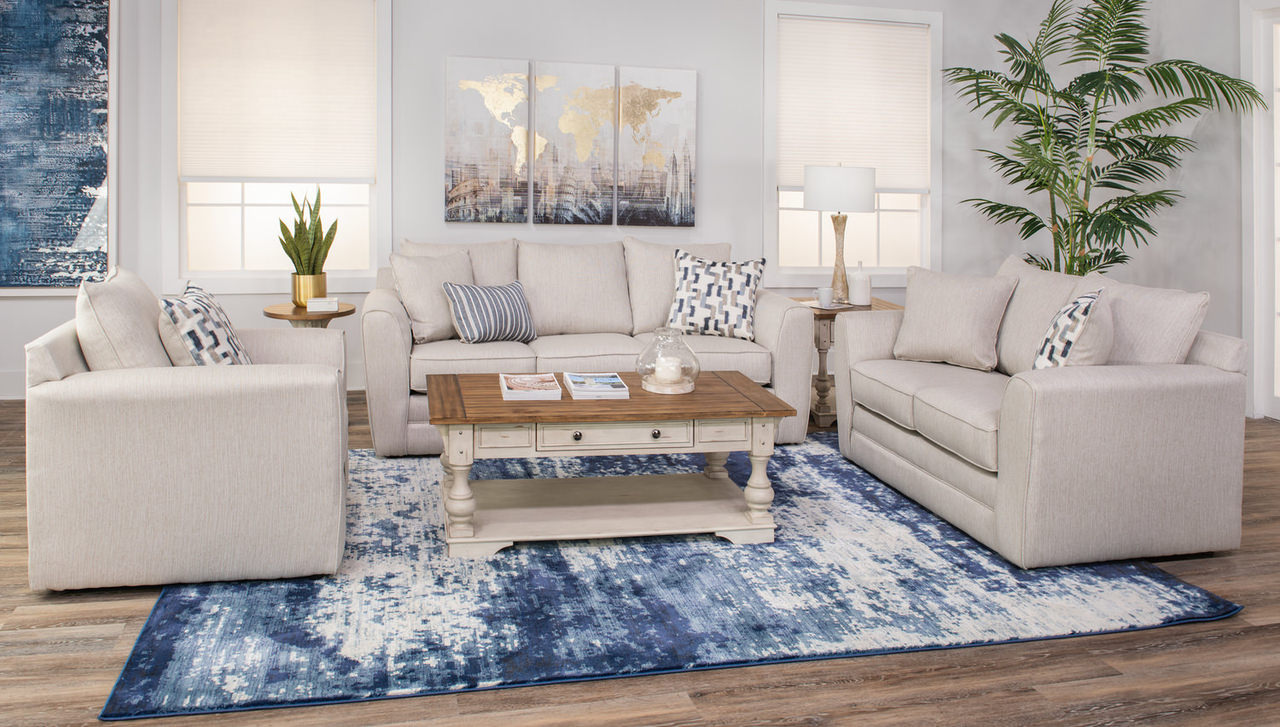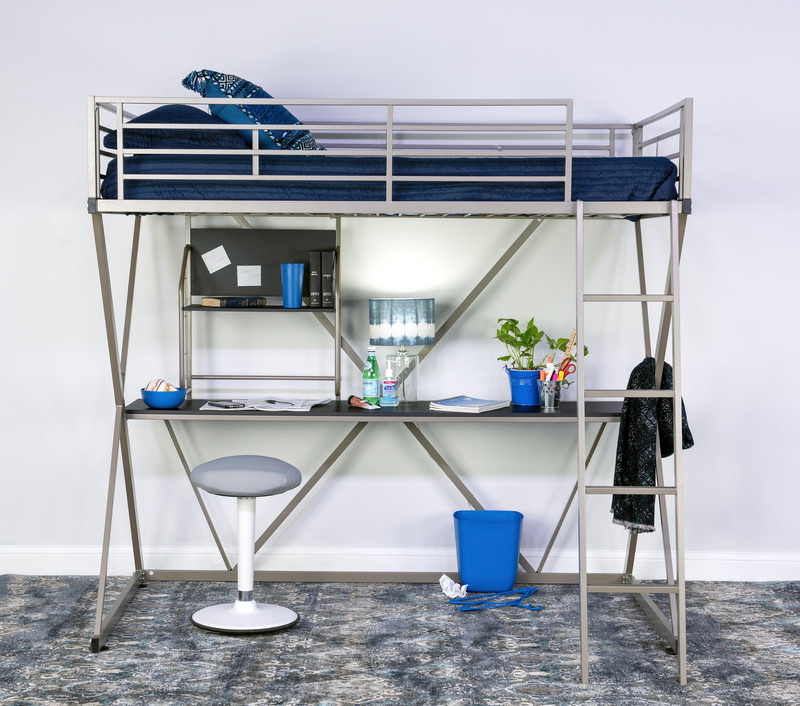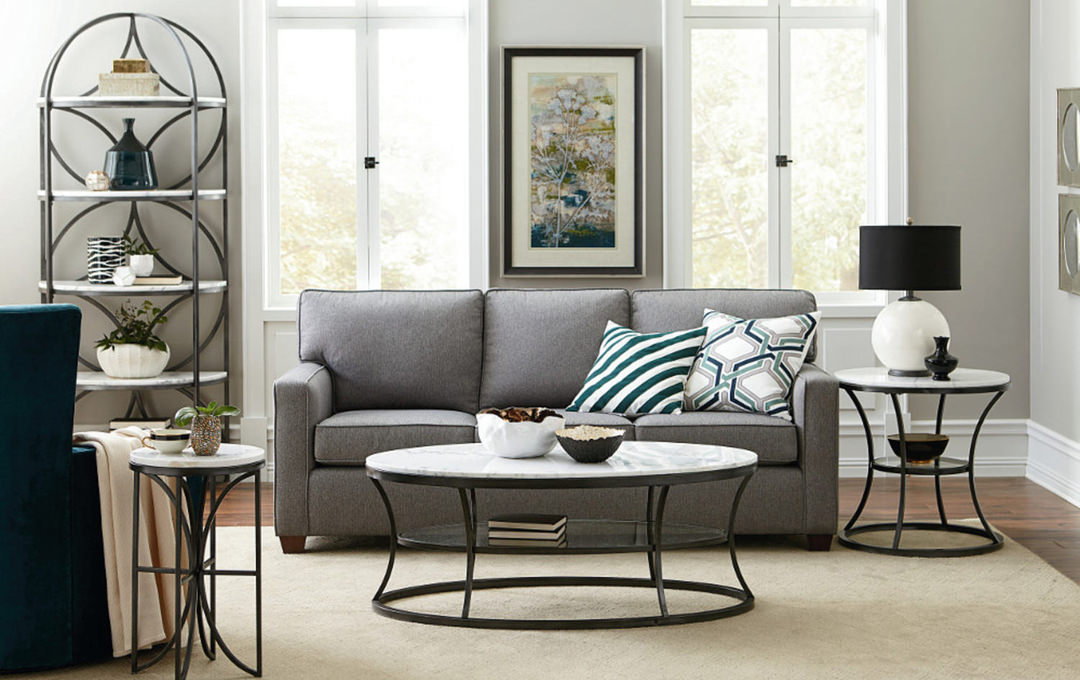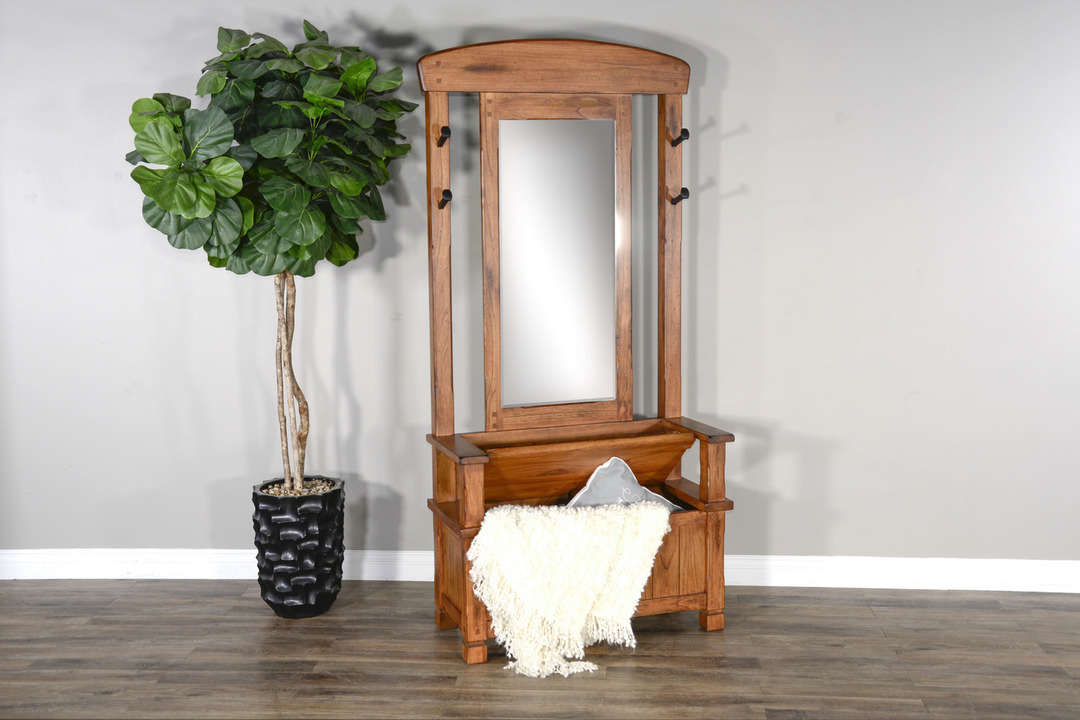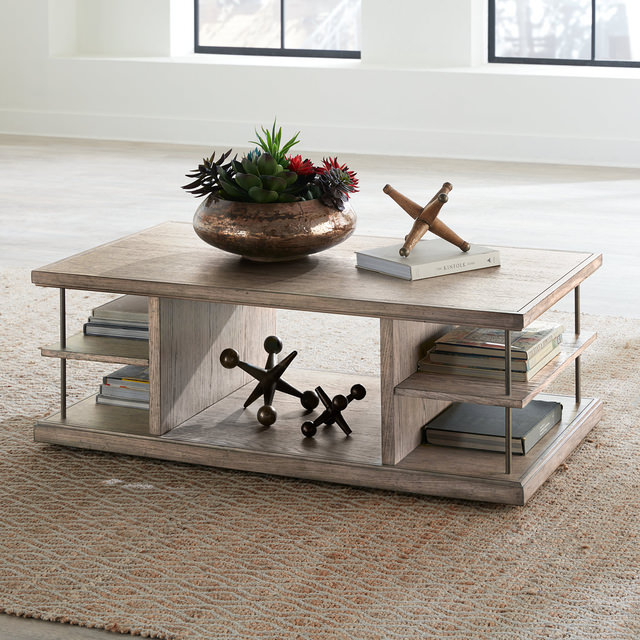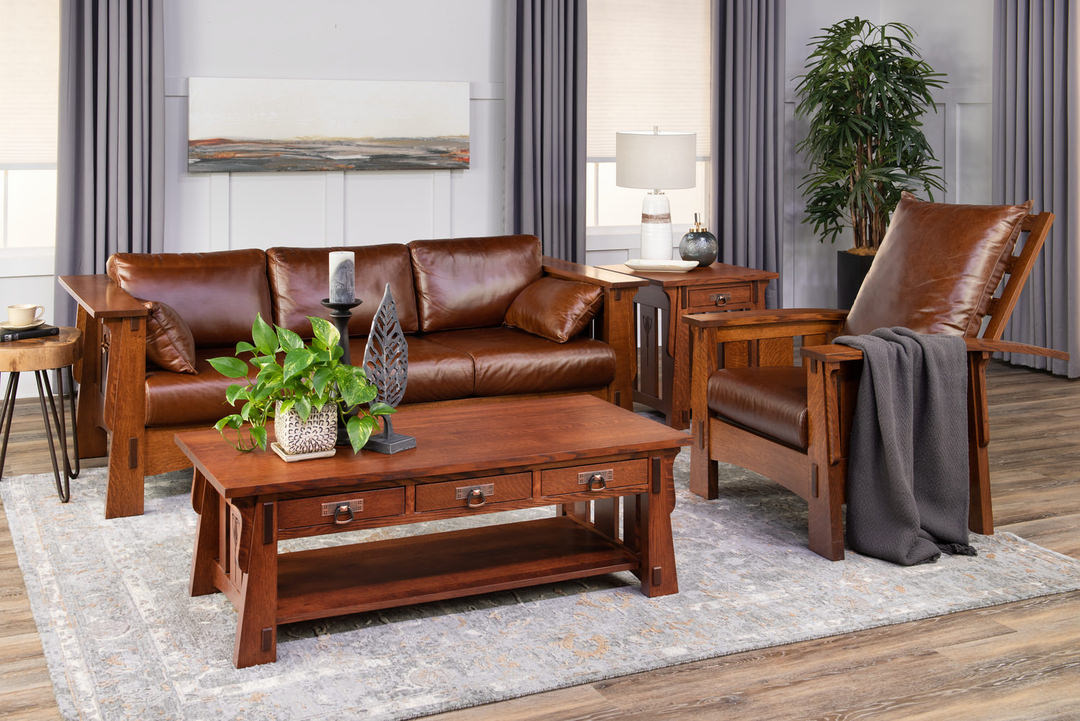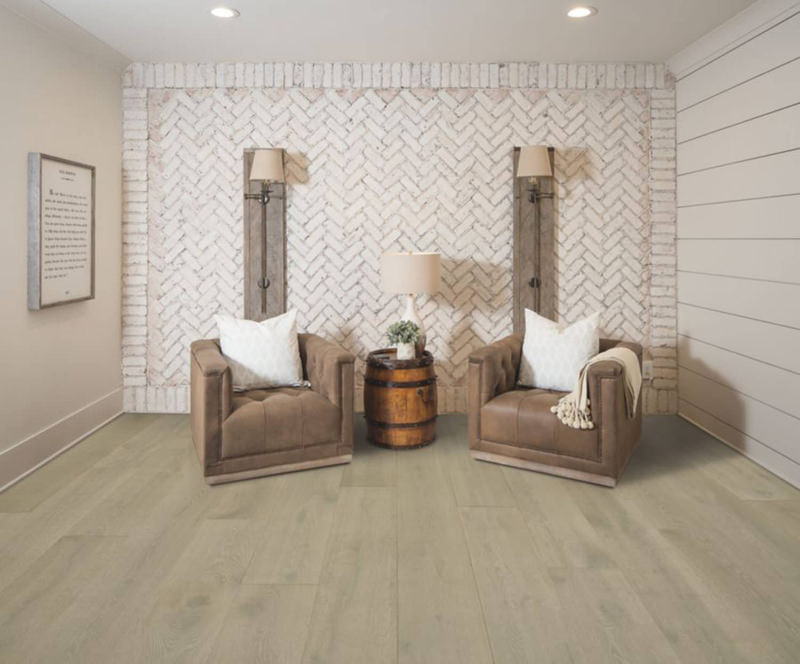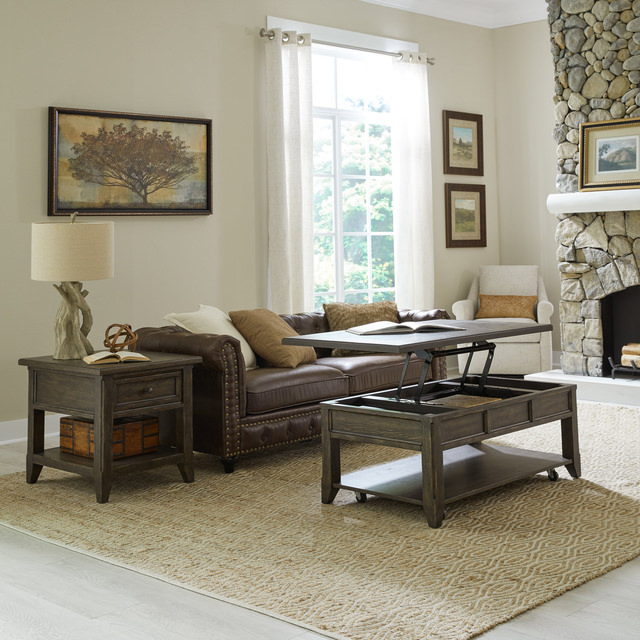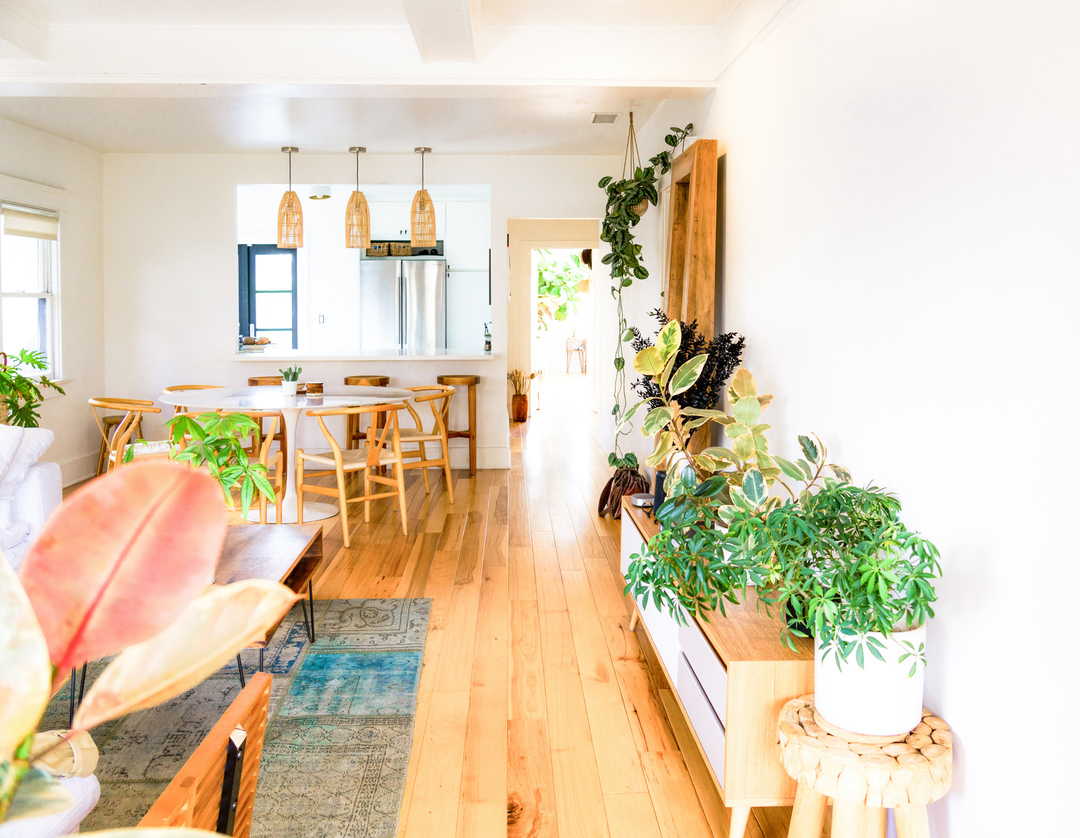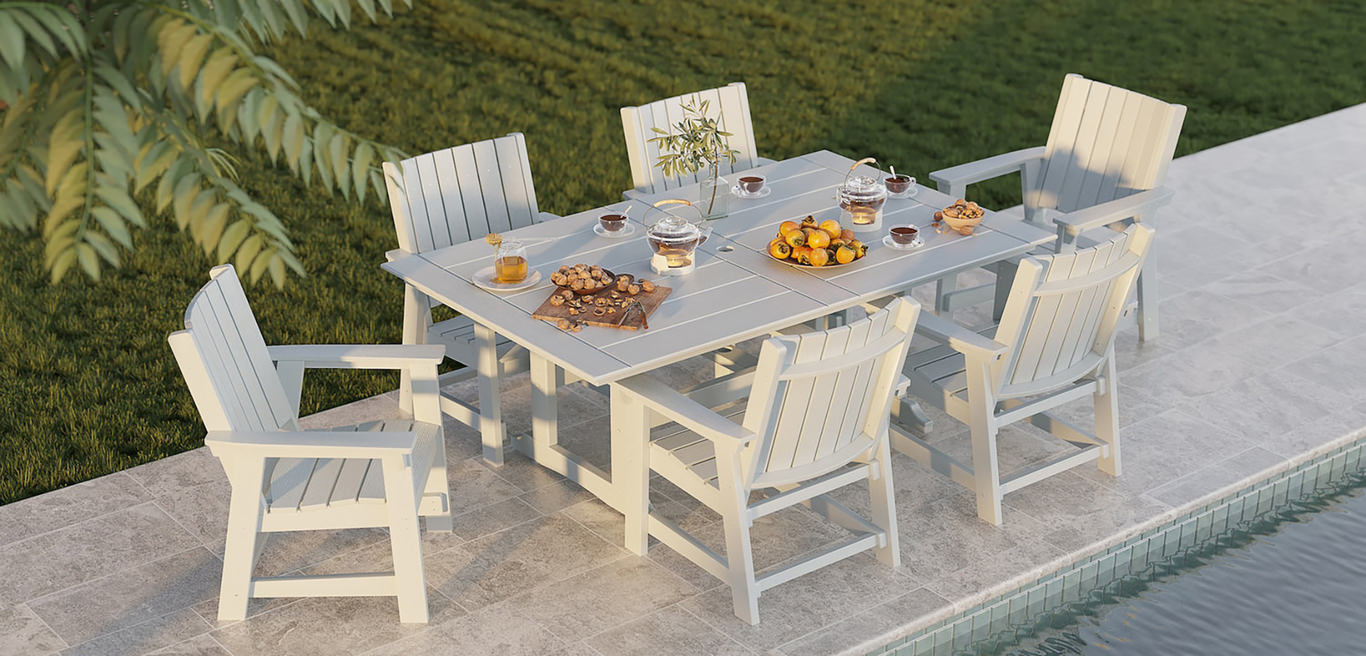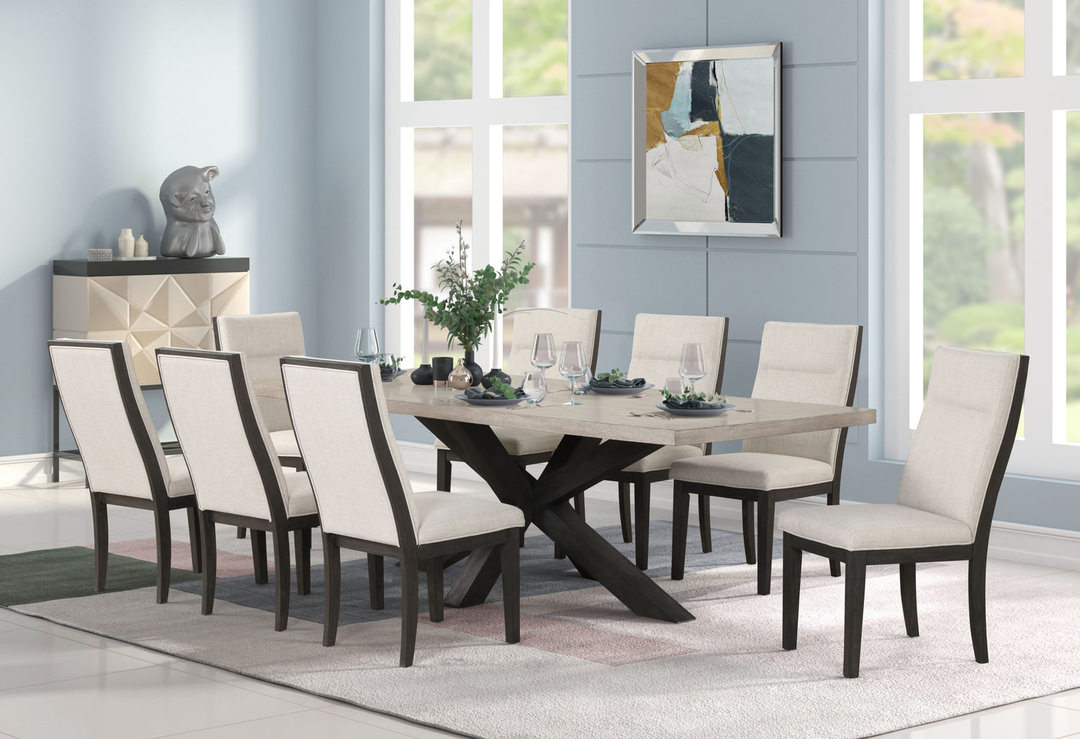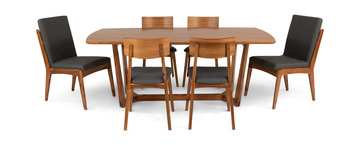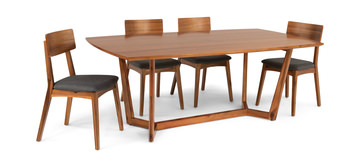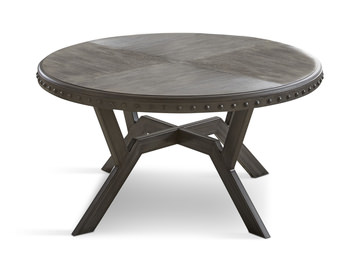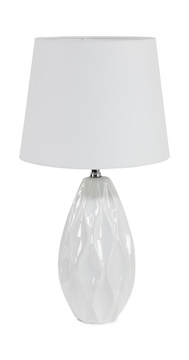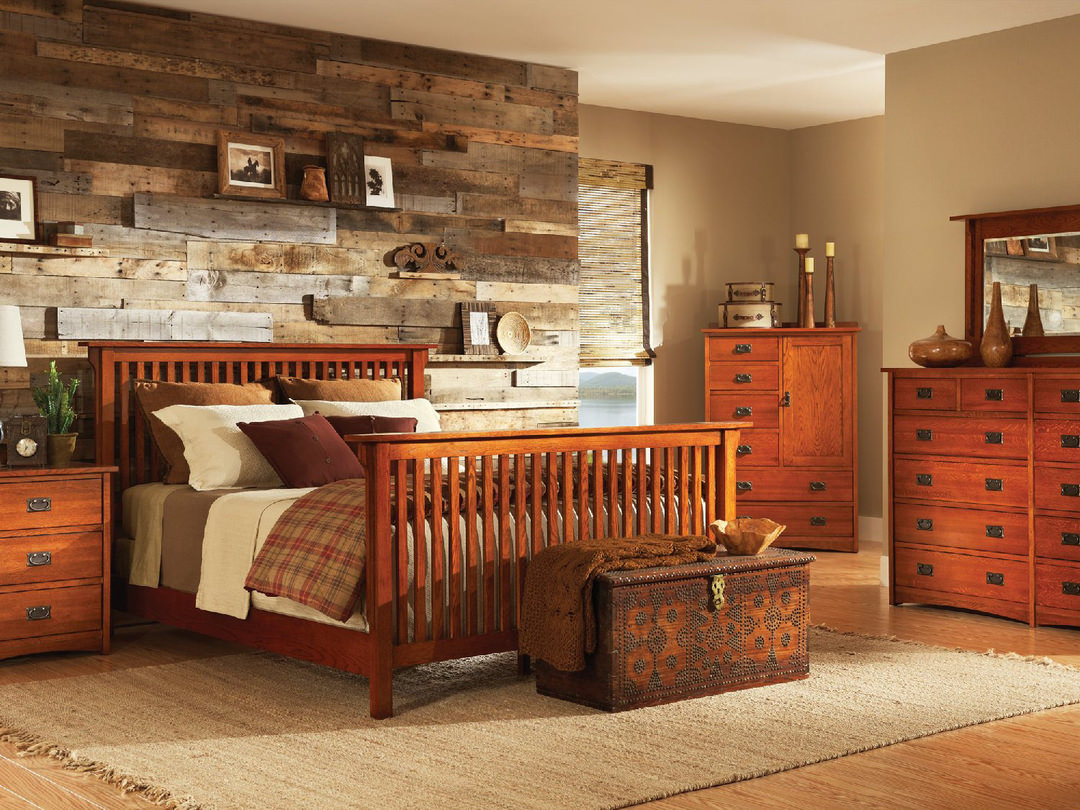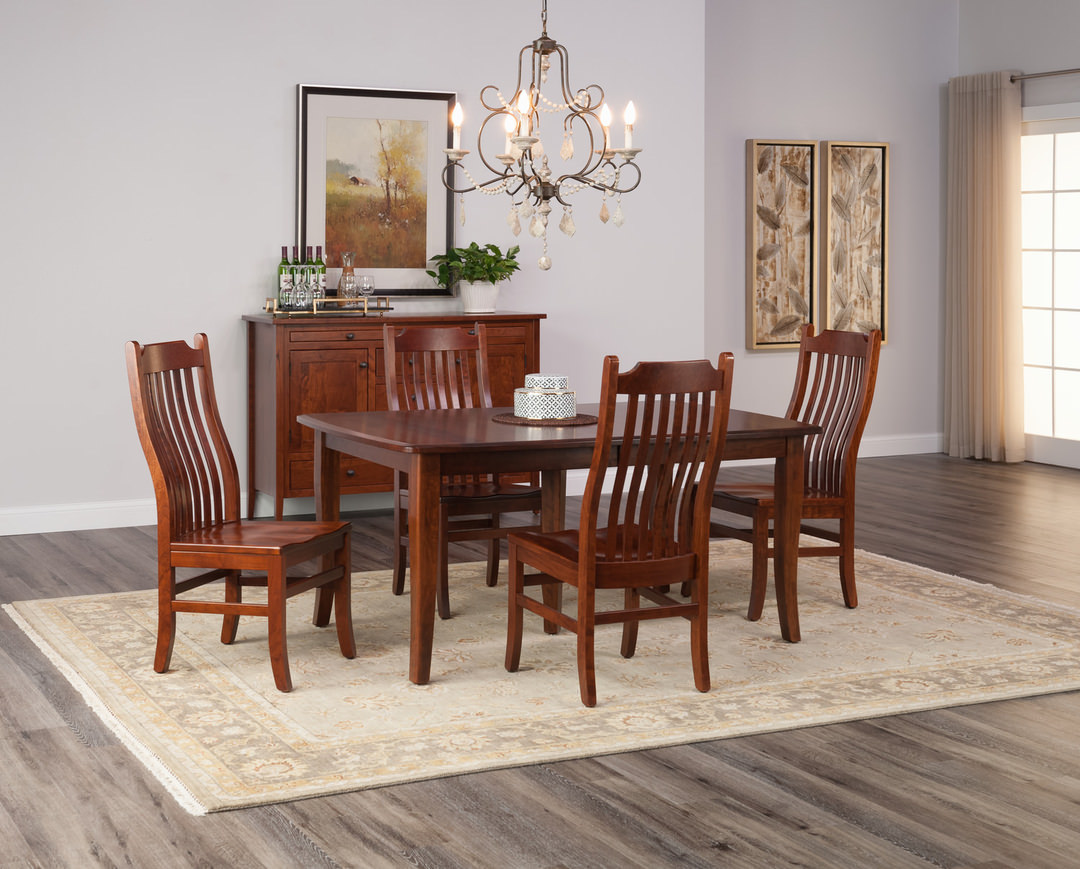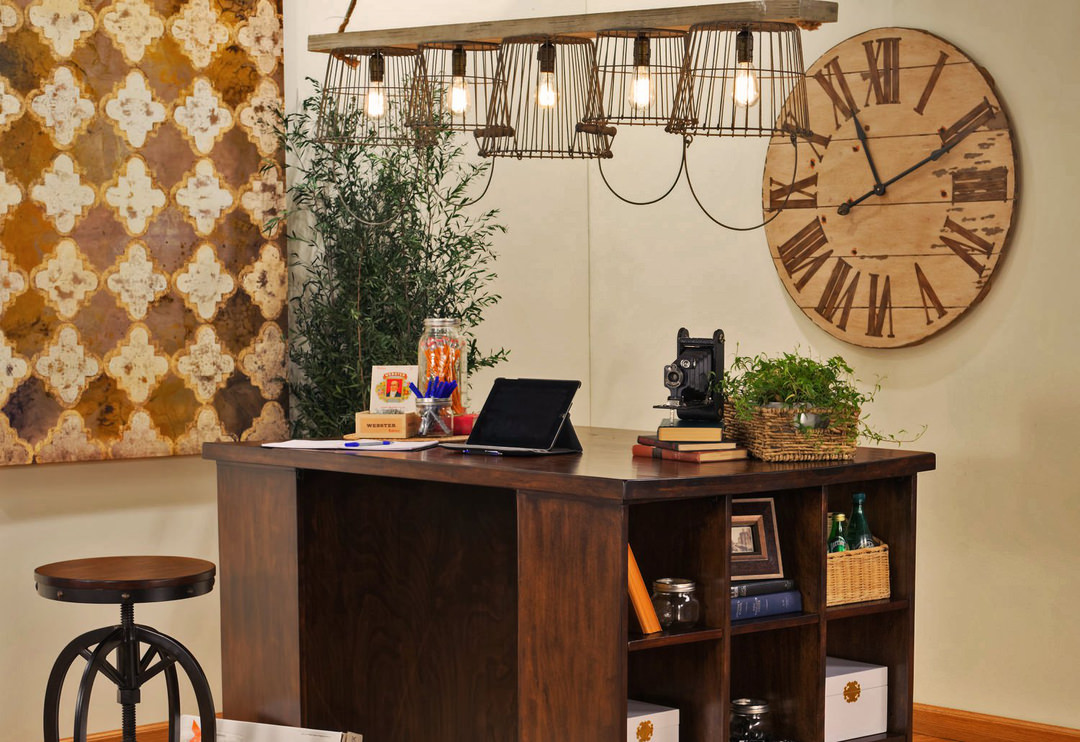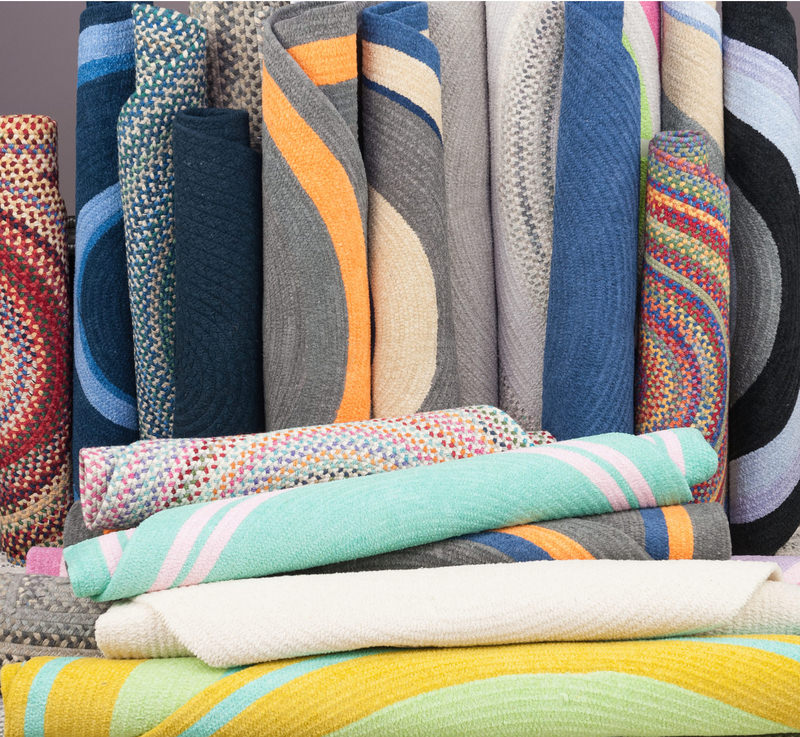Mid-Mod Dining Designs
Fresh Mid-Century Modern designs for today's living and dining.
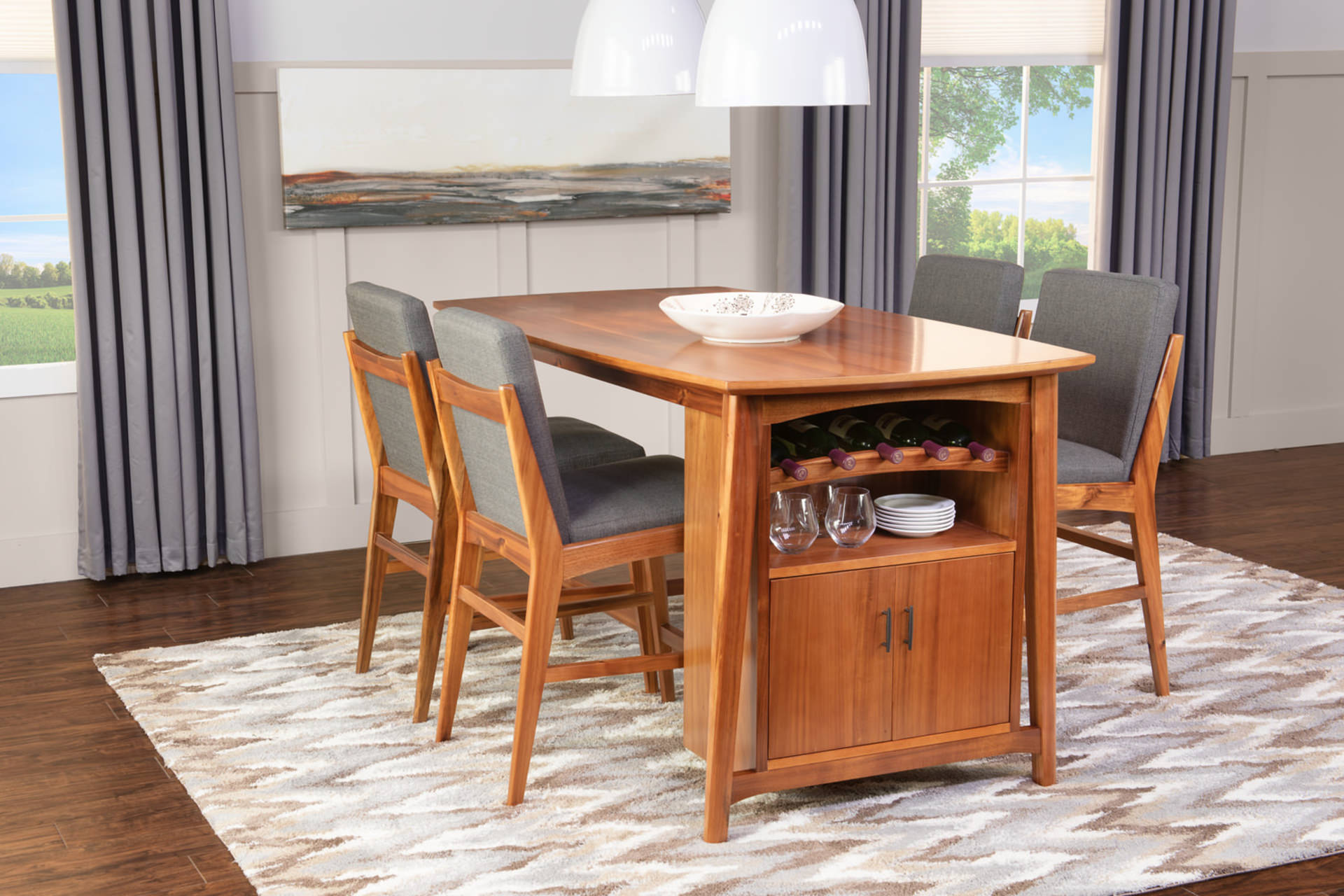
For the past couple of decades, there’s been much buzz around mid-century modern interior design, also known as mid-mod design. There’s good news for those who like this friendly and functional design motif: the trend shows no sign of slowing down.
Mid-mod hearkens back to the clean lines and simplicity that architects and designers embraced in the 1950s. Read on to understand what mid-century modern means and how to use it in your home, especially in your dining room.
What Is Mid-Mod?
The heyday of mid-mod was the decade or two following World War II. It was a marriage of 20th century manufacturing technology with the renewed optimism of the era. It meant a movement away from the ornate and formal design that had dominated earlier years.
Mid-mod was developed to fit the homes that were being built and occupied in the post-war era. There was an emphasis on functionality and clean lines, but the style was far from boring. Consider, for example, the iconic Eames chair with its appealingly molded plywood or plastic. There’s still a demand for pieces that remain from the mid-century era, and there are manufacturers today making furniture that pays homage to the style of those years.
What Are Some Characteristics of Mid-Mod?
In the fifties, mid-mod moved furniture away from the frilliness of earlier design. techniques and a redefinition of style made fashionable furniture available to more people than ever before.
Favored woods of the period included teak, chestnut, walnut, rosewood and oak. There was also interest in metal, glass and plastic. Often different materials were combined to create a distinctive mix.
There was renewed interpretation of shape. It expressed itself in curved sofas, unusual shapes in coffee tables and angular geometric leg arrangements for tables and chairs.
Dramatic use of color emerged, sometimes to tie together a grouping of furniture and sometimes to accent a single piece.
Some characteristics of mid-mod diminished as we moved into the sixties and seventies, but they never entirely disappeared. Now the statements that defined the mid-20th century are finding new life in 21st century homes.
How to Incorporate Mid-Mod
The key to 1950s-inspired design in a 2022 home is balance. You don’t want a room that looks like a museum! With most up-to-date interpretations of mid-mod, there’s not much danger of that! However, if you have vintage pieces or modern knock-offs that closely resemble them, you might want to contrast them with, say, more transitional furniture or a contemporary carpet.
While metal, glass and plastic are significant in mid-mod, a better place to start is with the wood. Mid-century inspired wood pieces can be the focus of a room. It’s best to minimize contrast in woods. For example, if you have a teak table (a classic mid-mod choice), avoid other assertive wood selections such as a black or patterned wood.
Paneled rooms are a typical mid-century expression, though much of the paneling was too dark for today’s taste. A lighter paneling or a room brightened with white furniture would be a more popular choice now.
Geometric shapes are a mid-mod trend that still finds favor with contemporary styles. This applies not only in the arrangement of table (and chair) legs but also in geometric ceramic vases, table lamps and tabletop and wall art.
The Mid-Mod Dining Room
The beginning point of an MCM dining room is a natural wood mid-century modern dining table! Walnut is a superb choice; other options might be teak and Tasmanian blackwood. Some are a traditional rectangular shape, but the mid-century modern round dining table shouldn’t be overlooked.
Table legs are often angled and tapered. Sometimes they radiate from the center of the table. You also might see creative geometric bases that are quite a departure from the usual table legs.
Mid-mod tables are frequently accompanied by simple dining chairs. However, some chairs might feature molded seats and backs. Mixed material, such as metal frames with cane backs, are another mid-mod choice.
Surprising use of color is also a mid-mod variant. Chair cushions of colors such as bronze and even orange set off a wood table with a retro ambiance.
Mid-century wall art tends toward graphics and geometrics. Stylized flat depictions of objects is a common interpretation of the taste.
How Much Mid-Mod Is Right?
A convenient characteristic of mid-century modern is that you can don’t have to create a completely mid-mod room to take advantage of what the style has to offer. An eye-catching accent piece or a subtly mid-mod dining set is enough to spice up the space with the era’s flavor. You don’t have to throw out your current design preferences. You can readily add mid-mod to the home that you already have.
